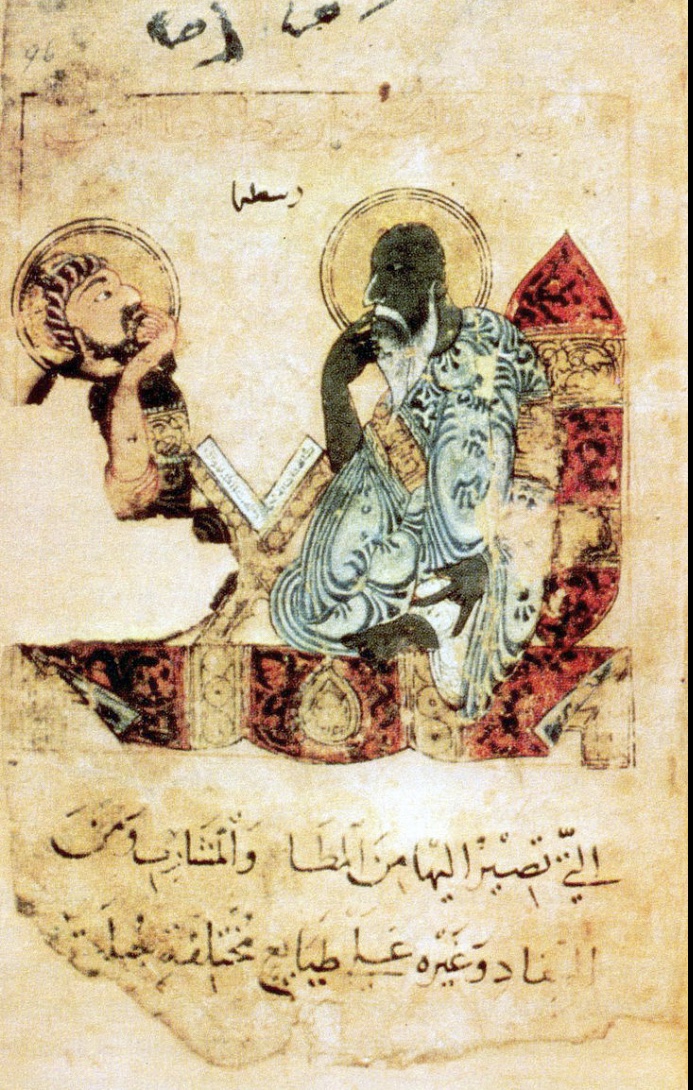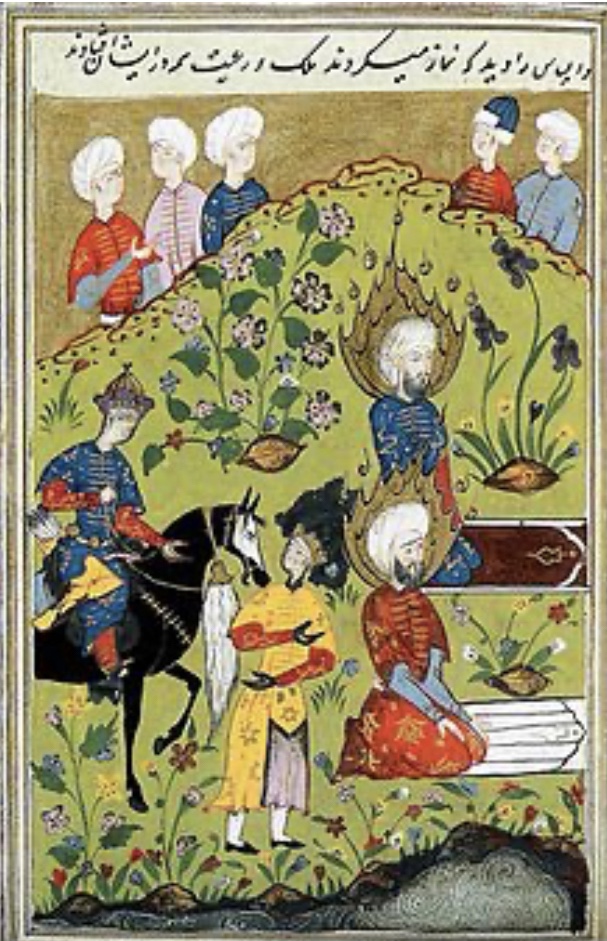Introduction
Translating the Qur’an is a complex process, amplified by its sacred nature and significance in the lives of Muslims. English translations of the Qur’an have served as a battleground for power struggles between different cultural and religious identities, shaping perceptions and interpretations. These translations reflect the interplay between Islam and the English-speaking World, navigating linguistic, cultural, and religious complexities. This post will explore the historical context, the roles of translators, and the dynamics involved in these translations, highlighting the complex interplay between Islam and the English-speaking world.
I. History of English Translations of the Qur’an
English translations by non-Muslims
English translations by non-Muslims have played a significant role in shaping the perception of Islam throughout history. These translations aimed to influence public opinion and often carried a negative bias against the Qur’an and its teachings. Alexander Ross’s 1649 translation explicitly sought to attack and discredit the Qur’an, presenting it as a false and inferior text. George Sale’s influential 1734 rendition went beyond criticism and portrayed Prophet Muhammad as a plagiarizer, questioning the originality and authenticity of the Qur’an. J.M. Rodwell’s 1861 translation focused on understanding Muhammad’s mind, perpetuating negative narratives by depicting him as a syncretistic plagiarizer and an epileptic. Edward Henry Palmer’s 1880 translation adopted a detached approach, treating the Qur’an as an artifact of academic interest rather than a sacred scripture. Richard Bell’s 1937-39 translation emphasized textual analysis and the redaction process, undermining the Qur’an’s coherence and divine origin.
These translations by non-Muslims played a significant role in shaping the narrative around the Qur’an and Islam. They aimed to criticize and undermine the Qur’an while reinforcing negative stereotypes and misconceptions about Islam. By presenting biased and distorted interpretations, these translations contributed to the construction of an antagonistic image of Islam within English-speaking societies. Their impact extended beyond the translations themselves, influencing public perception and reinforcing power imbalances between the English-speaking World and Islamic cultures.
English translations by Muslims
In response to the translations by non-Muslims that aimed to undermine and distort the Qur’an, Muslim translators took it upon themselves to provide accurate and authentic renditions of the sacred text. These Muslim-authored translations were driven by a deep desire to revitalize Islam and ensure that the true meaning of the Qur’an was accessible to English-speaking audiences.
Notable Muslim translators, such as Muhammad Marmaduke Pickthall, Abdullah Yusuf Ali, Rashad Khalifa, Ahmed Ali, and Muhammad Asad, played significant roles in this endeavour. Each translator brought their unique perspectives and motivations to the translation process. For example, Pickthall’s translation aimed to convey the meaning of the Qur’an as understood by Muslims worldwide, catering specifically to English-speaking Muslims. Abdullah Yusuf Ali’s translation went beyond a mere rendering of the text, incorporating extensive notes and interpretations to offer a comprehensive understanding of the Qur’an. Rashad Khalifa’s translation took a distinctive approach by attempting to “prove” the divine origin of the Qur’an through numerology, sparking debates within Muslim communities. These Muslim-authored translations collectively sought to present an authentic representation of the Qur’an’s message, countering the distorted interpretations propagated by non-Muslim translations and providing English-speaking audiences with a faithful reflection of the Qur’an’s teachings.
II. Debates within Islam on Qur’an translation
Debates within Islam regarding the translation of the Qur’an have been ongoing and multifaceted. One aspect of this discussion centres around whether it is permissible and effective to translate the Qur’an into languages other than Arabic. Some scholars argue that the Qur’an’s inimitability lies primarily in its meaning, making translation a valid means of making its teachings accessible to a broader audience. They believe that while certain linguistic nuances may be lost in translation, the core message and essence of the Qur’an can still be effectively conveyed.
On the other hand, there are those who emphasize the significance of Arabic recitation and assert that the Qur’an’s miraculous nature is intricately tied to its specific linguistic form. According to this viewpoint, the rhythmic, rhyming, and eloquent qualities of the Qur’an cannot be fully captured in translation, and learning Arabic is essential to fully appreciate its aesthetic and linguistic dimensions. These differing perspectives reflect the broader theoretical discussions surrounding the challenges of translating sacred texts and highlight the complex nature of conveying the message of the Qur’an in another language. Ultimately, these debates emphasize the importance of approaching translations with an understanding of their limitations and the need for a deeper engagement with the Arabic language and interpretive traditions to fully grasp the nuances and richness of the Qur’an’s teachings.
III. Translation as a Power Struggle
Translations of the Qur’an have been caught in the crossfire of power struggles between different cultural and religious identities. As noted above, non-Muslim translations sought to undermine and discredit the Qur’an, inadvertently fuelling the demand for authentic Muslim-authored translations. In response, Muslim translators endeavoured to present the true meaning of the Qur’an and counteract distorted interpretations, playing crucial roles as believing witnesses, colonizers of the receptor language, seekers for legitimacy, apologists, and reformers. These translations became a means of reclaiming the narrative surrounding the Qur’an and Islam, challenging the negative portrayals perpetuated by non-Muslim translations. However, they faced scepticism from orthodox Muslim groups, who questioned the fidelity of the translations and expressed concerns about potential distortions or biases. This power struggle within the realm of translation reflects the complex dynamics of power and identity, as different factions vie for control over the interpretation and dissemination of religious texts.
Conclusion
The history of English translations of the Qur’an reveals the multifaceted nature of translation and its profound impact on power dynamics and cultural representations. These translations, whether by non-Muslims or Muslims, have played significant roles in shaping public perception of Islam and engaging in debates about authenticity and legitimacy. They reflect the complexities of language, ideology, and religious identity, highlighting the ongoing struggles for control over the interpretation and dissemination of religious texts.
The diverse perspectives and motivations of translators underscore the contested nature of translation and its role in shaping narratives surrounding the Qur’an. While these translations have contributed to a broader understanding of the Qur’an among English-speaking audiences, they have also perpetuated biases and influenced power imbalances. As we navigate the complexities of translation, it is crucial to recognize the interplay between language, power, and identity, and strive for inclusive and nuanced interpretations that reflect the diverse voices and experiences within the Muslim community and beyond.
Further readings
Almond, Philip C. 1989. Heretical Hero: Muhammad and the Victorians. Studies in Oriental Religion, 18. Wiesbaden: Otto Harrassowitz.
Ayoub, M. 1986. “Translating the Meaning of the Qur’an: Traditional Opinions and Modern Debates.” Afkar-Inquiry 3, no. 5 (May): 34-39.
Cragg, Kenneth. 1988. “The Qur’an into English: A Translator’s Apology.” In Readings in the Qur’an, London: Collins Liturgical Publications.
Fischer, M.J. Mehdi, and Abedi. 1990. Debating Muslims: Cultural Dialogues in Postmodernity and Tradition. Madison: University of Wisconsin Press.
Ihsanoglu, Ekmeleddin, ed. 1986. World Bibliography of Translations of the Meanings of the Holy Qur’an — Printed Translations 1515-1980. Istanbul: Research Centre for Islamic History, Art, and Culture.
Khan, Mofakhar Hussain. 1986. “English Translation of the Holy Qur’an: A Bio-Bibliographic Study.” Islamic Quarterly 30: 82-108.
Kidwai, A.R. 1987. “Translating the Untranslatable: A Survey of English Translations of the Qur’an.” Muslim World Book Review 7, no. 4: 66-71.
Paret, R., and J.D. Pearson. 1986. “Translation of the Kur’ān.” Encyclopedia of Islam, new edition, 5: 429-432. Leiden: E.J. Brill.
Greifenhagen, F.V. 1992. “Traduttore traditore: An Analysis of the History of English Translations of the Qur’an.” Islam and Christian–Muslim Relations 3, no. 2: 274-291.





